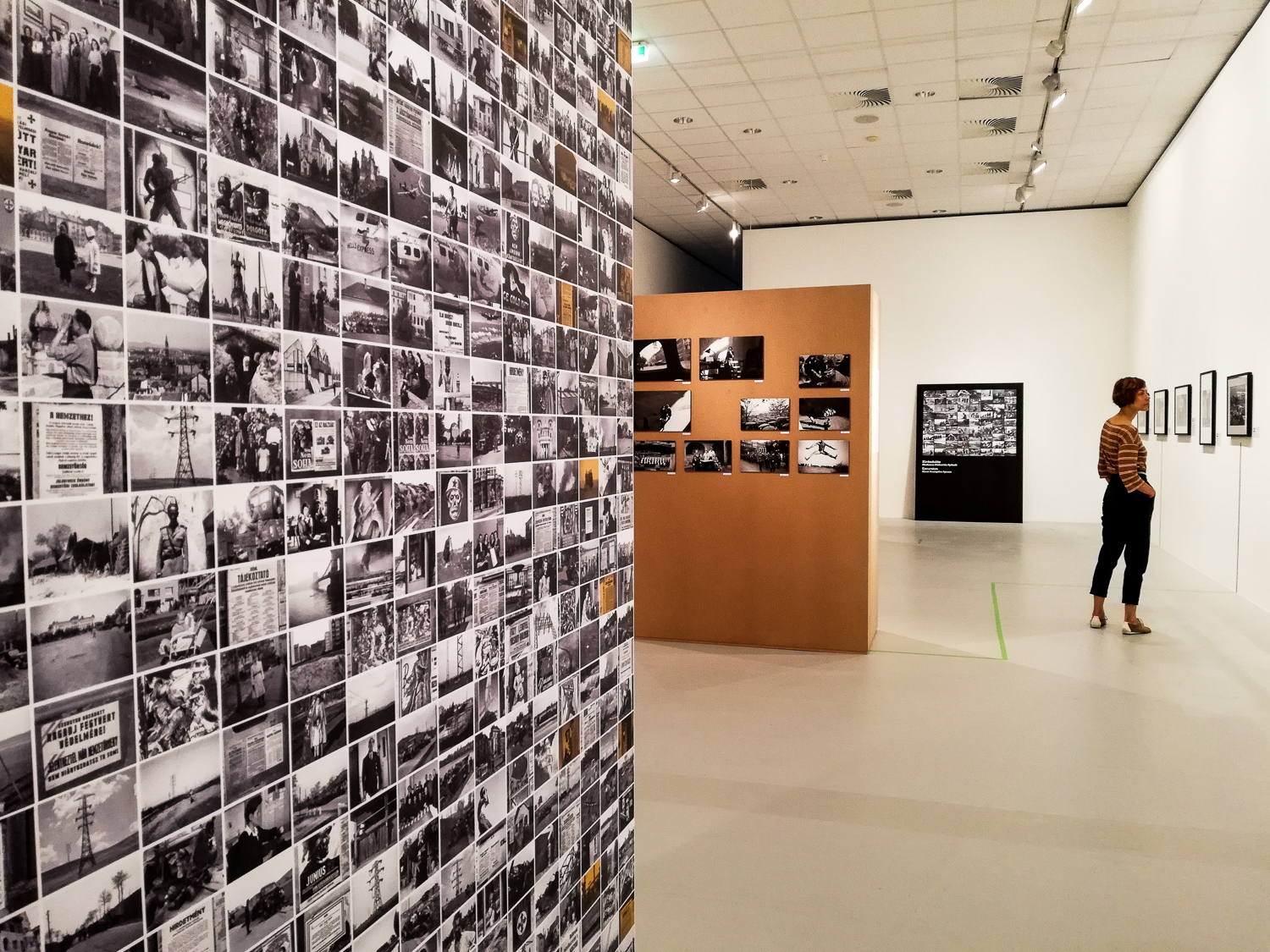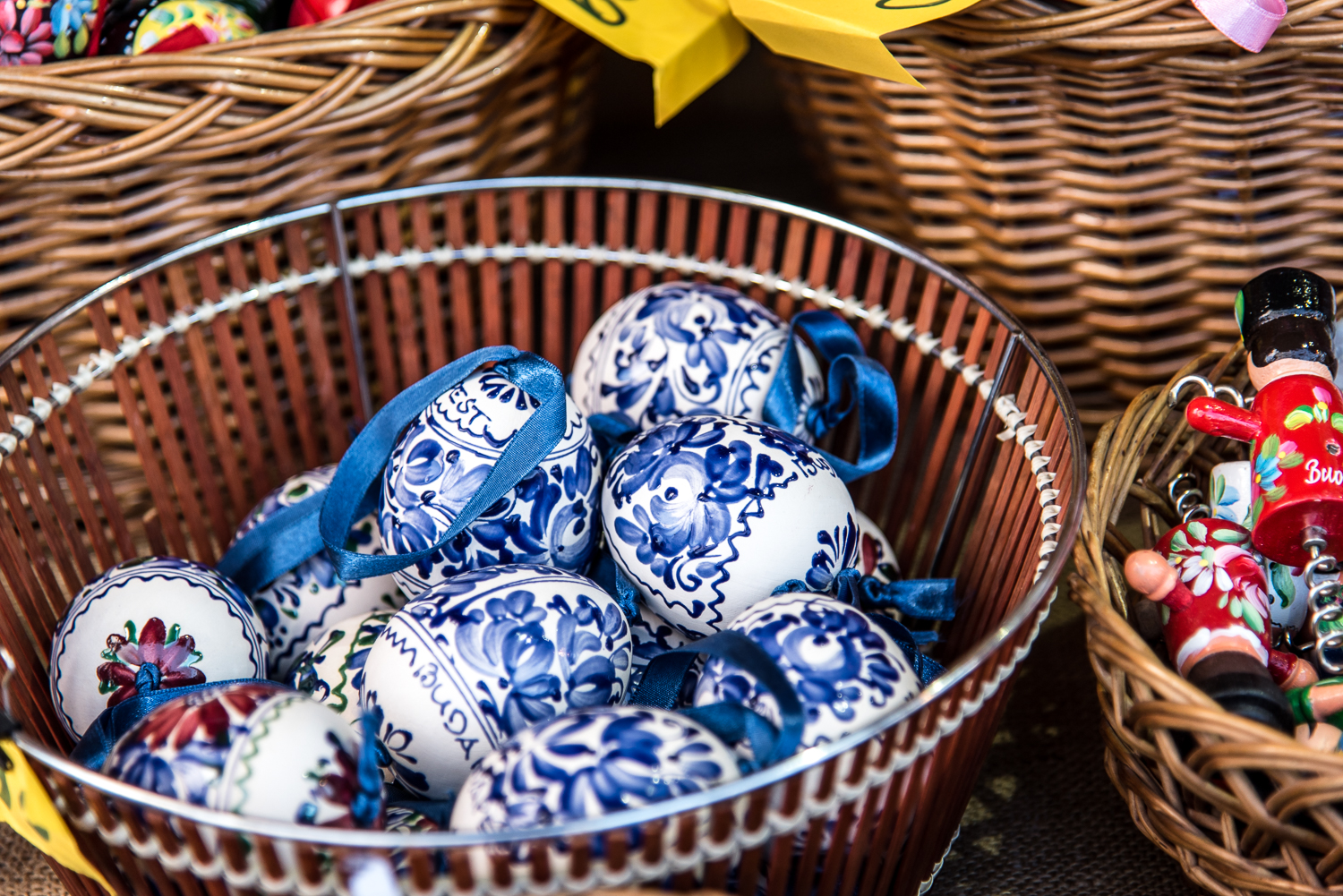Fortepan appeals to our inner voyeur: scrolling the site is like flipping through the Instagram accounts of thousands of Hungarians from the past century. The mostly black-and-white images, frozen moments from the lives of strangers, invite the viewer to create the rest of their stories: who were these three well-dressed friends clowning by the Danube in the 1930s? Whatever became of this teenager vogueing like a model on Budapest streets in the 1950s, or the two boys who posed in sailor suits in 1910 and would have been soldier-aged by the time World War I came along?
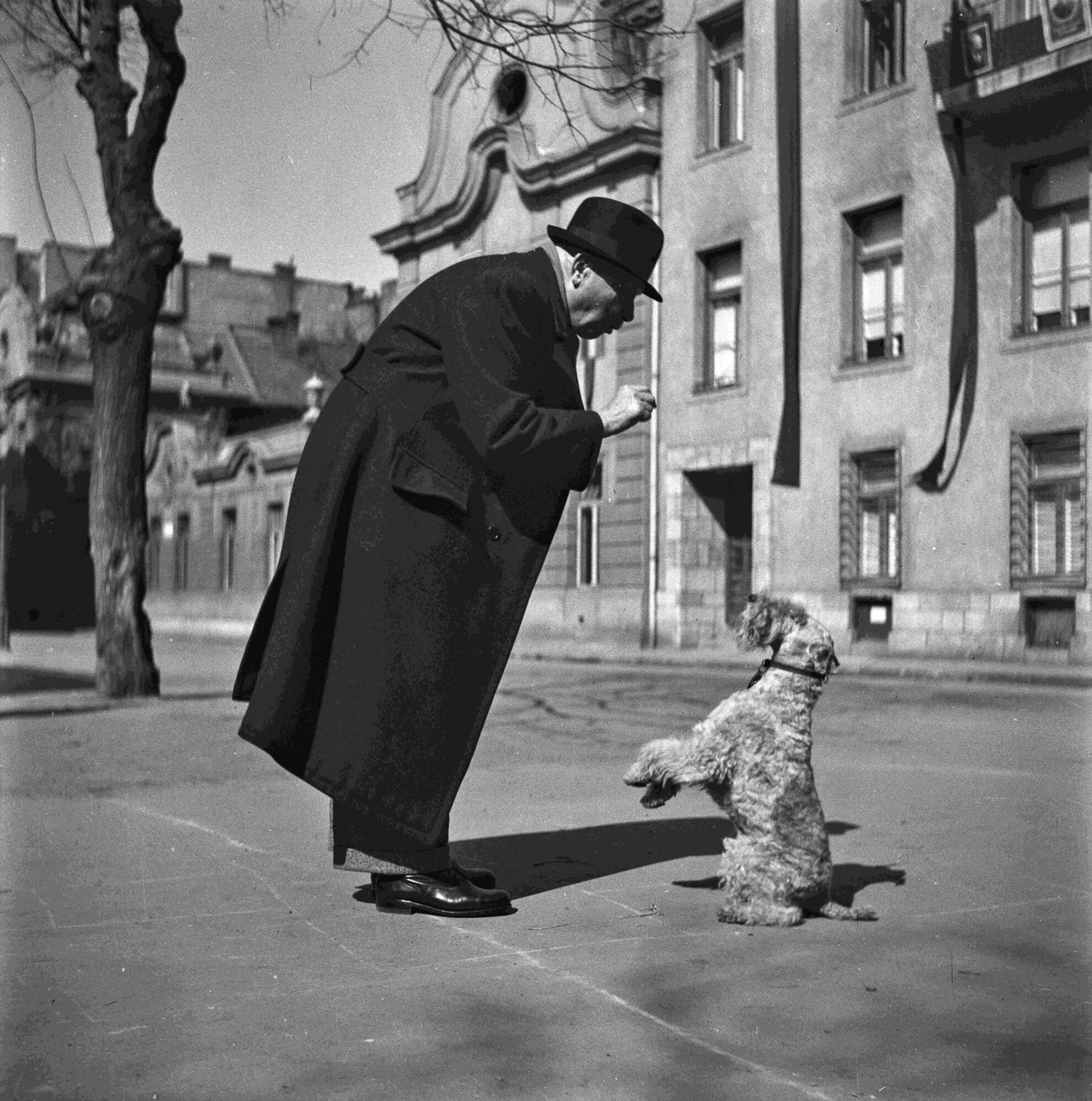
While the joy of perusing the collection online is its random nature, the intelligent curation of this exhibition offers a loosely guided tour of Hungary in the 1900s. As these are Fortepan photos, the majority were taken by amateurs capturing a moment instead of professional press photographers trying to create a historical record. This all adds to the allure.
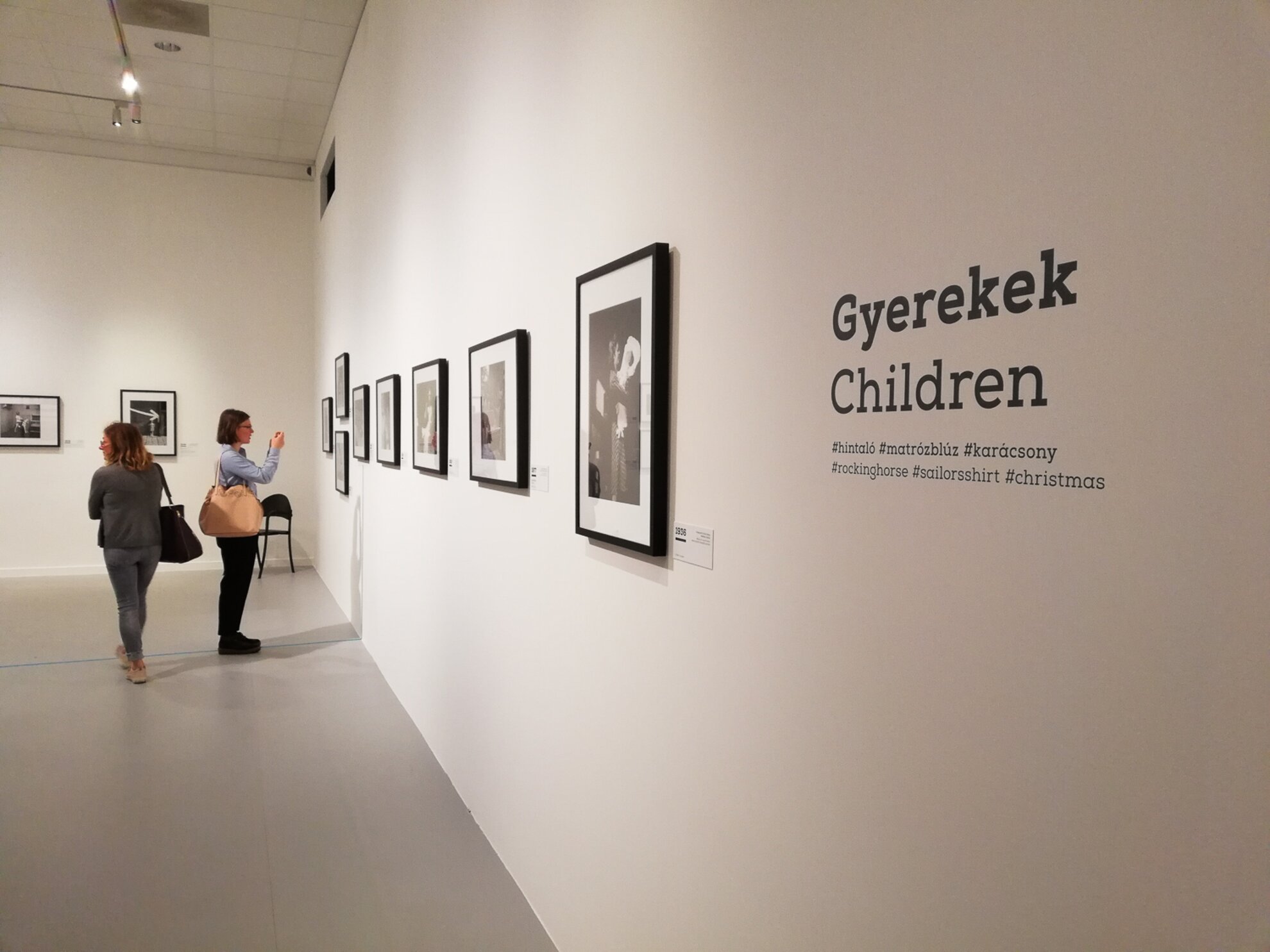
The pictures do provide a glimpse into Hungarian history, with shots of bomb damage, soldiers from both world wars, grim-faced children in patriotically themed school pageants and tanks in the streets of Budapest in 1956. But simple snapshots from watershed years such as 1919, 1944, 1956 and 1989 serve as reminders that ordinary people were living ordinary lives while history went on around them. The everyday portraits, candid shots and past images of Budapest streets and Hungarian villages are the most compelling part of the collection.
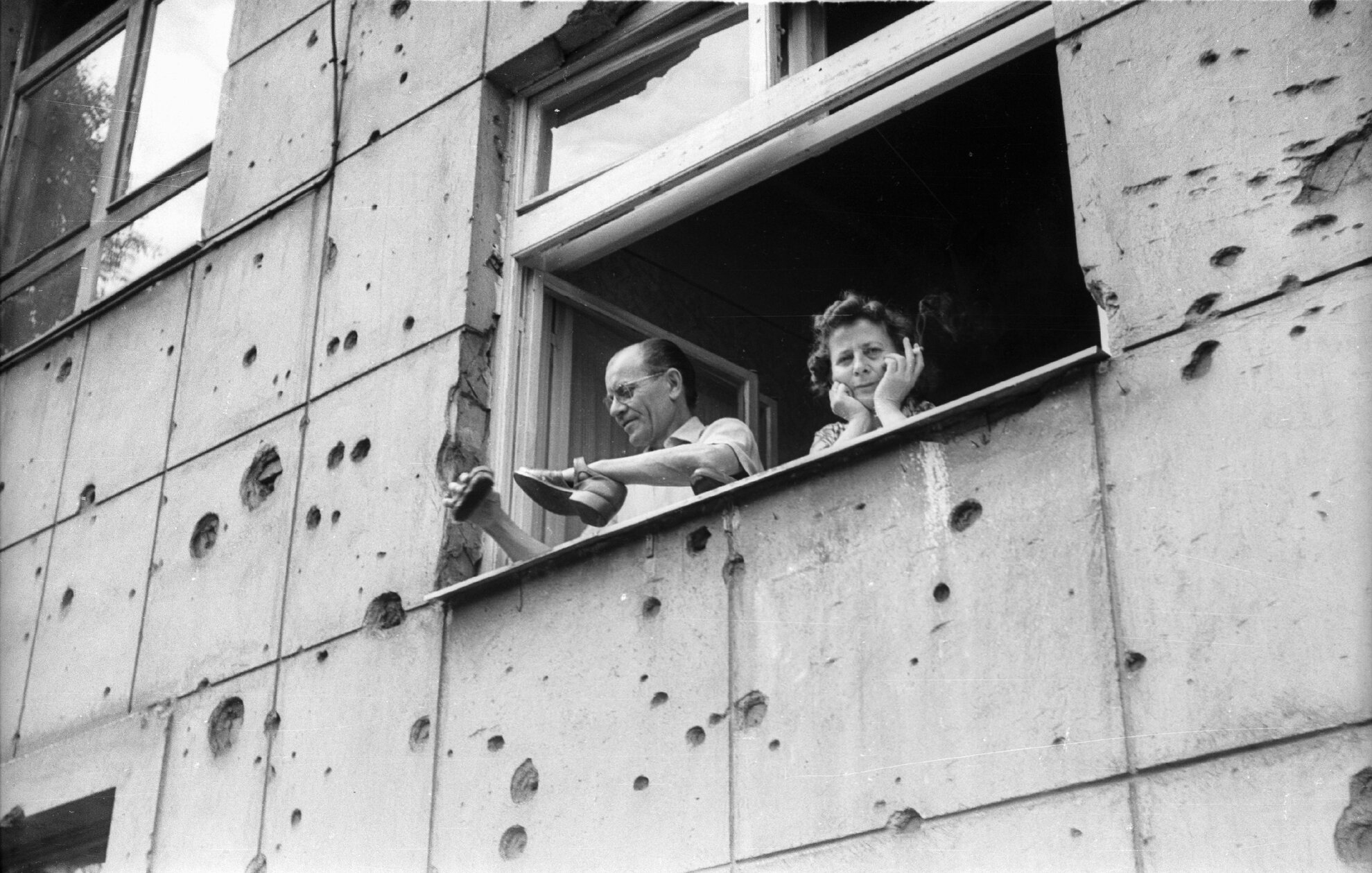
Named after a brand of photo negative that was produced in Hungary until the early 2000s, Fortepan’s digital collection was started by two schoolmates, Miklós Tamási and Ákos Szepessy, who began scooping up old photos at junk sales in the 1980s. They started their website in 2010 and asked Hungarians to contribute photos, which were scanned and returned. If the donors give information about a picture, it is included as a caption, and the collection has some news photos with detailed descriptions, but the subjects of most images are anonymous. Generally, the only captioning is the year the photo was taken, and perhaps its location.

As the exhibition explains through displays of letters and testimonials, the website has drawn broad interest. People turned over personal collections or boxes of memories left behind by a relative. Celebrities, politicians and famous photographers became involved too, adding some of the more official historical images. The project currently receives non-profit funding and the collection is edited by volunteers, who explain their work in video presentations that accompany the exhibition.
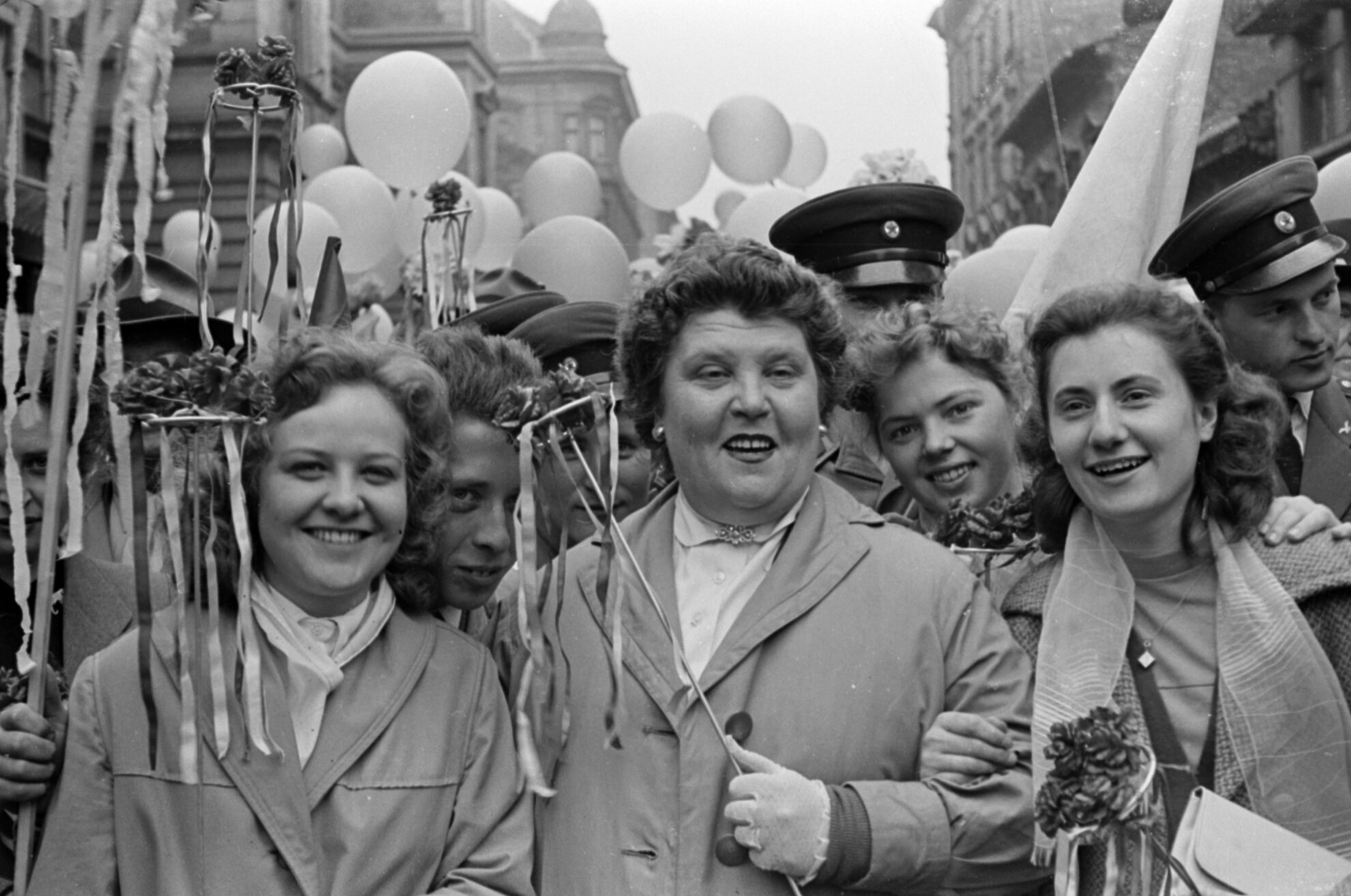
The show costs 3,000 forints to enter, but you can also get a combination ticket for 3,800 forints that gets you into the gallery’s other temporary exhibition, on the Surrealist Movement. This provides a nice complement to the mostly black-and-white Fortepan show because it prominently features the early Surrealist films. Either ticket grants access to the HNG’s far-reaching standing exhibition of Hungarian and international art.
Of course, if you can’t make it to the National Gallery, you can always see the Fortepan website.
Every Past Is My Past #twentiethcentury #photography #Fortepan Hungarian National Gallery, Building A District I. Szent György tér 2 Open: Tue-Sun 10am-6pm. Exhibition runs until 25 August.
